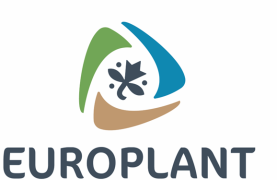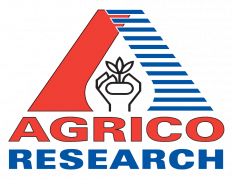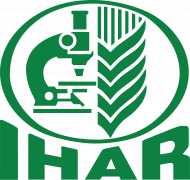In Chile, most potato crops are cultivated under rainfed systems, frequently facing temperature increases and water deficits during the growing season. This field study aimed to evaluate the physiological responses and genotypic variations between the Chilean native potato variety Chona Negra and commercial varieties (Karú INIA and Desiree) when exposed to moderately high temperatures (+ 5.0 to + 5.9 °C) for 40 days during the tuber bulking phase under different hydro- (or water availability) conditions. Four treatments were applied: (i) ambient temperature with rainfed conditions (T0H0), (ii) high temperature with rainfed conditions (T1H0), (iii) ambient temperature with irrigation (T0H1), and (iv) high temperature with irrigation (T1H1). The results showed that lower water availability and a moderate temperature increase (+ 5 °C) affected the leaf pigment content, photosynthetic performance and, chlorophyll fluorescence in both commercial and native potato genotypes. While moderately high temperatures and water deficits generally did not have stronger combined effects than each condition alone, our findings highlight the critical role of water availability in environments like southern Chile. Notably, the native potato, Chona Negra, exhibited enhanced photosynthetic performance under higher temperatures with irrigation, associated with increases in specific leaf area, stomatal conductance, photochemical quenching, and chlorophyll content. These findings suggest that Chona Negra may possess adaptive traits that improve its tolerance to heat stress when adequate water is available. In contrast, commercial varieties appeared more susceptible to limitations in photosynthetic activity under higher or prolonged periods of elevated temperatures.
Full publication URL















